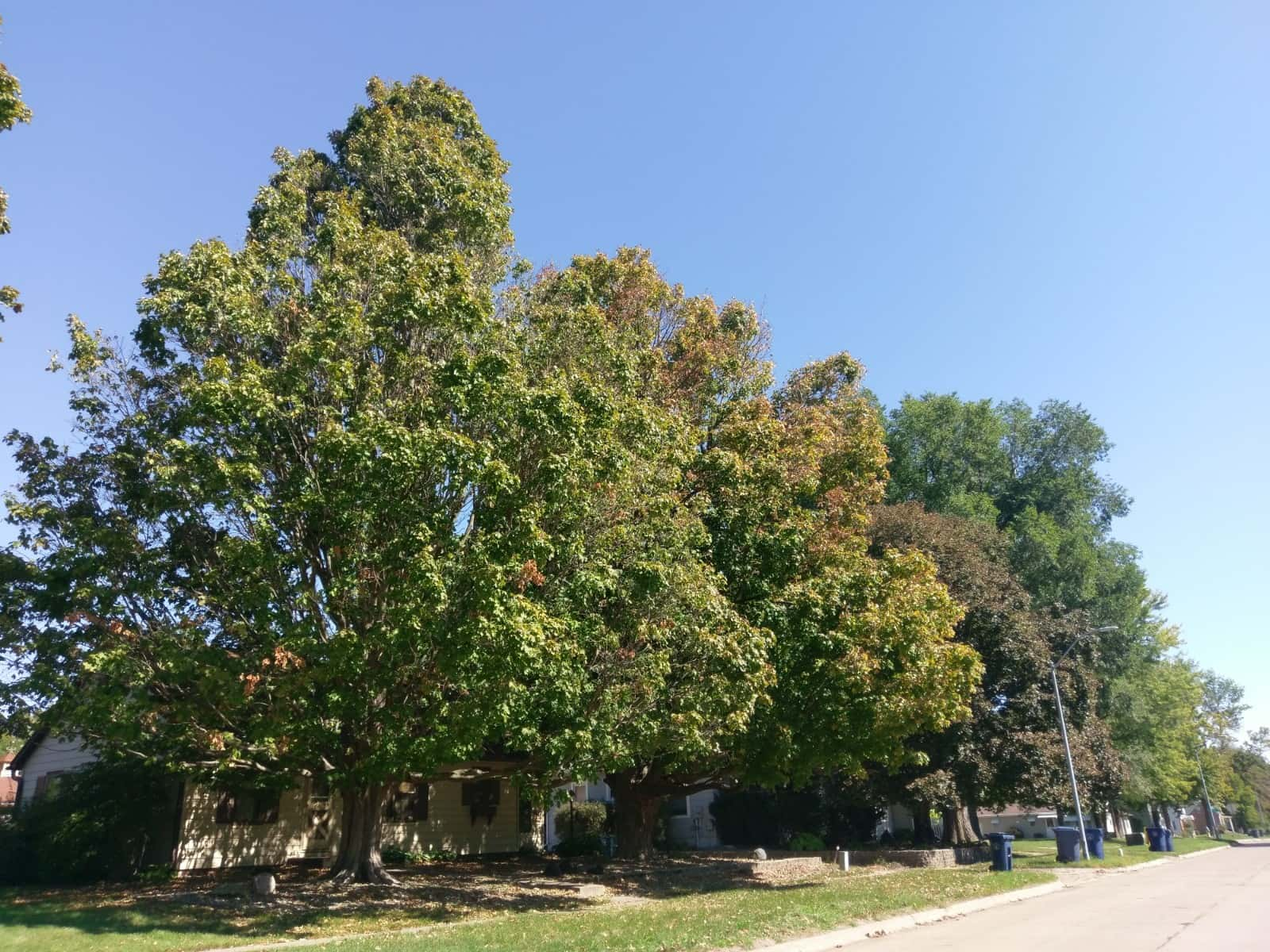One of the biggest signs that autumn has arrived is showing its colors.
Numerous trees are beginning the process of shedding their leaves, which means they are beginning to turn red, purple, orange, and yellow. Professor of Biology at Central College Paul Weihe tells KNIA/KRLS News that there are two primary drivers in how leaves turn from green to various colors.
“One of those would be sort of the yellows, oranges, and golds, and those really are pigments that were present in the plant all along, but those were masked by the green, and that’s what most of us were taught about how color change works,” he says. “But there’s the whole category of colors which are the reds, purples, and some of those really vibrant ones–those are actually produced in response to the changing conditions as we enter the autumn, so those are really acting as a sunscreen to protect the tissues within the leaf, while the tree is recovering some of those materials that the leaf is made out of for recycling and use the following year.”
Weihe says the most common colors in the region depend on where someone is, including key differences between rural and urban tree canopies. He encourages everyone to walk throughout the community and go to Lake Red Rock to see the different colors over the next few weeks.
According to the Iowa DNR, peak fall color viewing will take place between the second and third week of October in central, south central, and south east Iowa, with peak viewing north of Interstate 80 beginning this weekend.
(From the Iowa DNR):
Ash:
Green ash leaves turn yellow, but white ash has a purplish cast. The leaves fall after those of walnut trees, but earlier than those of oaks and maples.
Elms:
Elm leaves turn various shades of yellow with some turning brown before falling, others falling while still yellow.
Hickory:
Leaves turn yellow on hickory trees, then brown before falling.
Maple (Soft):
The leaves of soft (silver) maples turn yellow but do not turn brown before falling.
Maple (Hard):
Brilliant flame red hues are the signature of hard maple leaves. The red pigmentation of some leaves breaks down before falling.
Bur Oak:
Buff to yellow colors predominate in bur oaks. The leaves remain on the tree and turn brown before falling.
Oak (Red):
The red oaks have brilliant red leaves in fall though the color is probably not as intense as that of some hard maples.
Oak (White):
White oaks have a more subdued purple fall leaf color. The leaves then turn brown and often stay on the tree until new leaves begin to grow in the spring.


